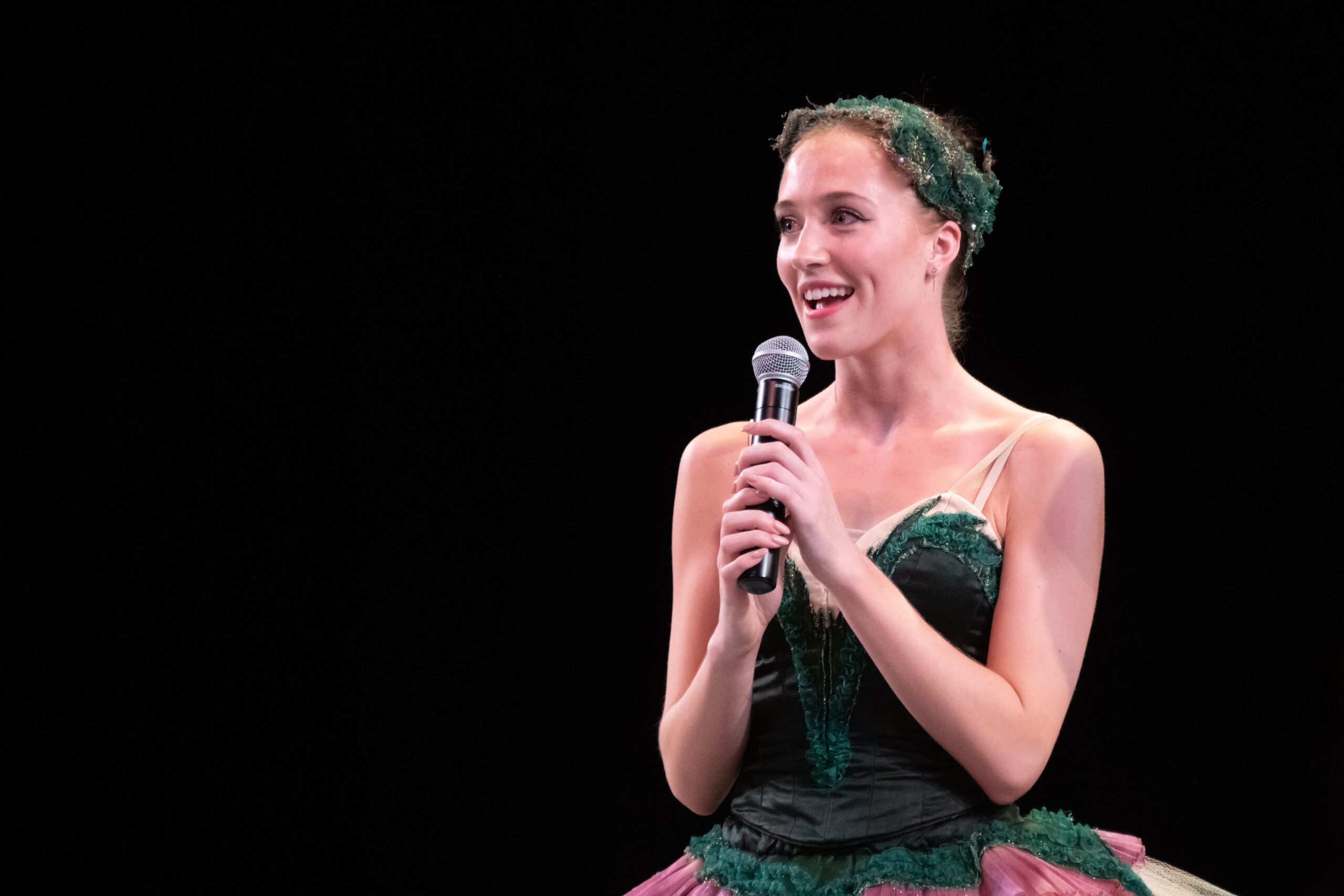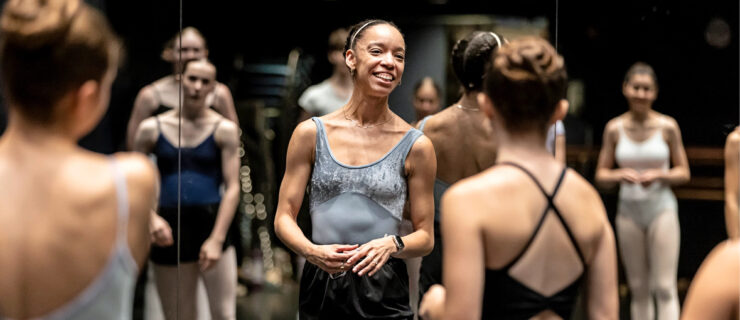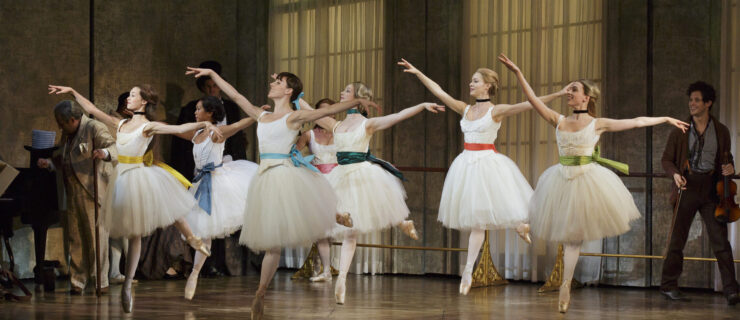At School of Ballet Arizona, Artistry and Community Engagement Go Hand in Hand
Across the country and globe, ballet schools help dancers refine their technique, building students’ strength to expand their mastery of the skills necessary for a successful dance career. School of Ballet Arizona, with its long list of renowned faculty and state-of-the-art facilities, easily fulfills these requirements, but it understands something that few other programs do: To be a dancer is to be an artist, and to be an artist is to engage with and give back to one’s community.
“I’ve been many different places. I’ve danced myself, and taught and directed. But I had never been in a community that’s always thinking about the next place [dance can go],” says Alecia Good-Boresow, the Upper Division coordinator and the Studio Company manager at the School of Ballet Arizona. To her, Ballet Arizona’s community engagement efforts are led by one question: “What’s the next step we can do to get more people involved, instead of just ballet aficionados?”
SBAZ’s involvement in the company’s community engagement programs benefits not just the Phoenix community but its own dancers. Studio Company members assist with these programs, a facet of training that is a regular part of the dancers’ schedules, alongside rigorous classes and performance opportunities.
“It’s much more than just the dancing,” says Cecilia Smith, a current Studio Company member. “It’s about all that it does for the Phoenix community.”
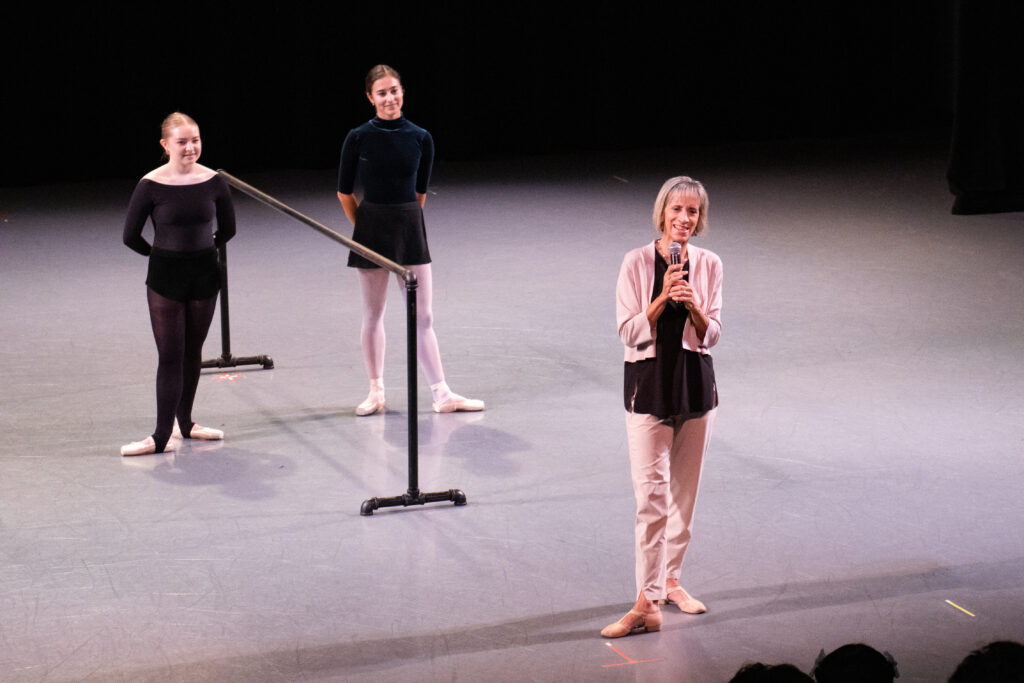
Out of the Studio and Into the Community
The Studio Company is a full-time, year-round program with a roster of about 15 dancers. Good-Boresow and her team select members from its school-year and summer-intensive programs. In addition to dedicated classes, the group also trains alongside members of Ballet Arizona and works regularly with the company via traditional performances and community engagement capacities.
Much of the Studio Company’s engagement work occurs during the school year, when SBAZ travels to schools throughout the area offering performances and workshops. Last year, the group performed excerpts of Giselle Act I at a local school, where Smith played the title character. The event was part of a mixed bill that also included DanceAZ students’ performances.
“I just remember being backstage warming up, and [the local students] were waiting backstage just talking to me about how nervous and excited they were and how pretty I looked and how excited they were to watch me dance,” Smith says.
Exchanges like these are the bread and butter of SBAZ’s community engagement—Good-Boresow calls it “getting bit by the ballet bug.”
“It’s a great feeling seeing [students] happy or excited or interested in our art form,” says Jordan Islas, also a SBAZ Studio Company member. “When they see me or other ballet dancers, there’s this amazing feeling to them because they don’t see it so often.”
Scholarships and Mentoring
Islas first came to SBAZ through Ballet Arizona’s DanceAZ program, which pairs elementary schools and community centers throughout Arizona with teaching artists for nine-week residencies. During the program, artists visit partner schools, all of them Title I, twice a week. Students learn ballet basics and choreography before performing in a culminating community performance. DanceAZ then awards scholarships to students with potential for them to train at SBAZ for the rest of their school years.
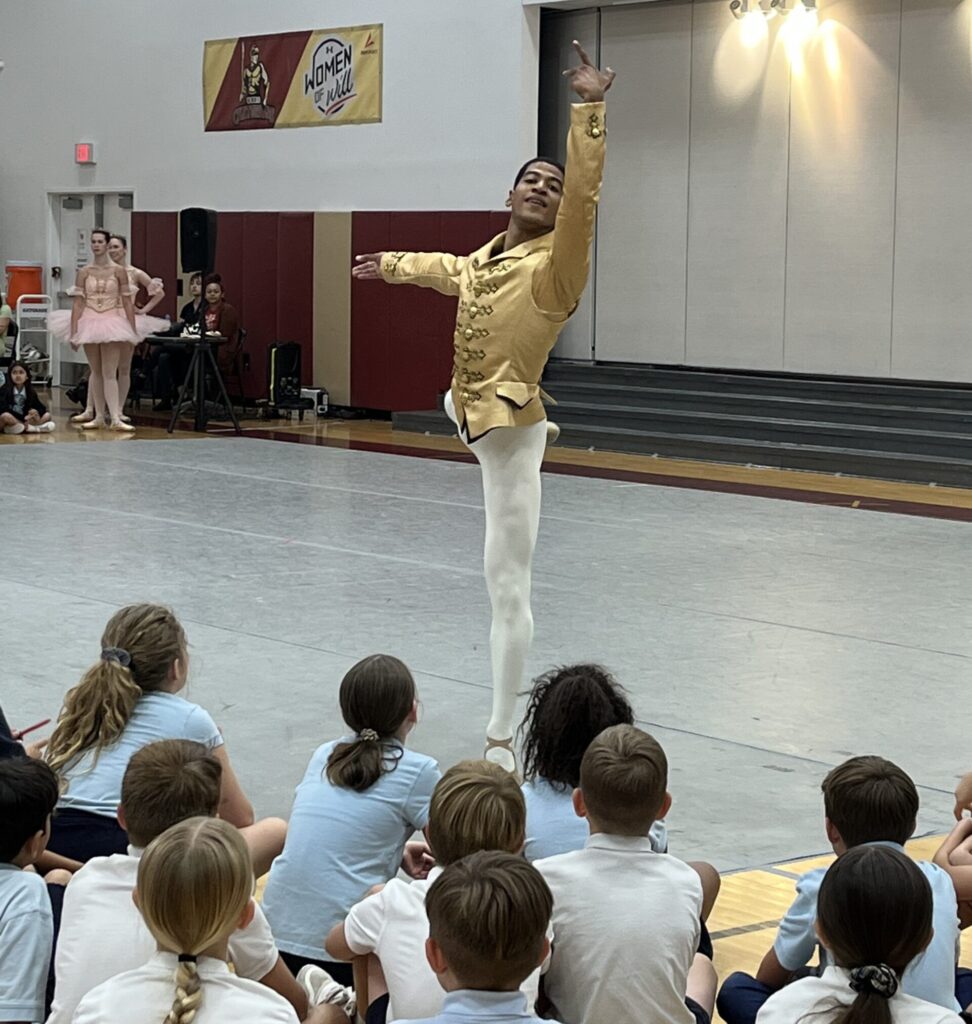
“Without dance, I wouldn’t be where I am right now,” Islas says, adding that his training with SBAZ deepened his appreciation for the art form as a whole.
Good-Boresow views this type of mentorship as fundamental to ballet’s survival, and the Studio Company’s engagement work helps prepare its members to be ambassadors for dance in addition to professional performers themselves.
“Ballet is a nonverbal art form,” Good-Boresow says. “But when you do these kinds of programs, you have to be willing to put yourself out there. You’re going to get questions. Are you going to be able to use your words eloquently?”
Smith says the experiences have helped shape her own ability to describe what she does. “Talking to the community, when they ask questions, you really have to describe it outside of the ballet world. It’s fulfilling to put what I’m doing with my body into words.”
Islas and Smith both say this engagement deepens their personal appreciation of ballet as an art form that deserves to be shared across an ever-widening platform.
“It’s the engagement that we do to get them into the building,” Good-Boresow says. Once they’re here, she adds, it’s the school’s “never-ending energy” that will inspire dancers to stay, learn, and grow.
